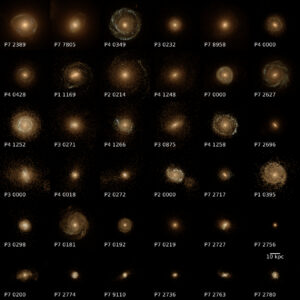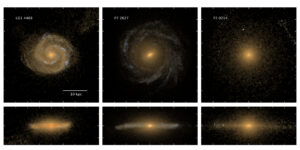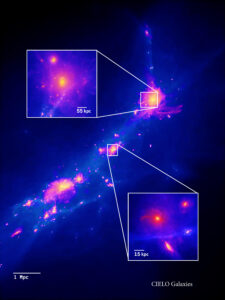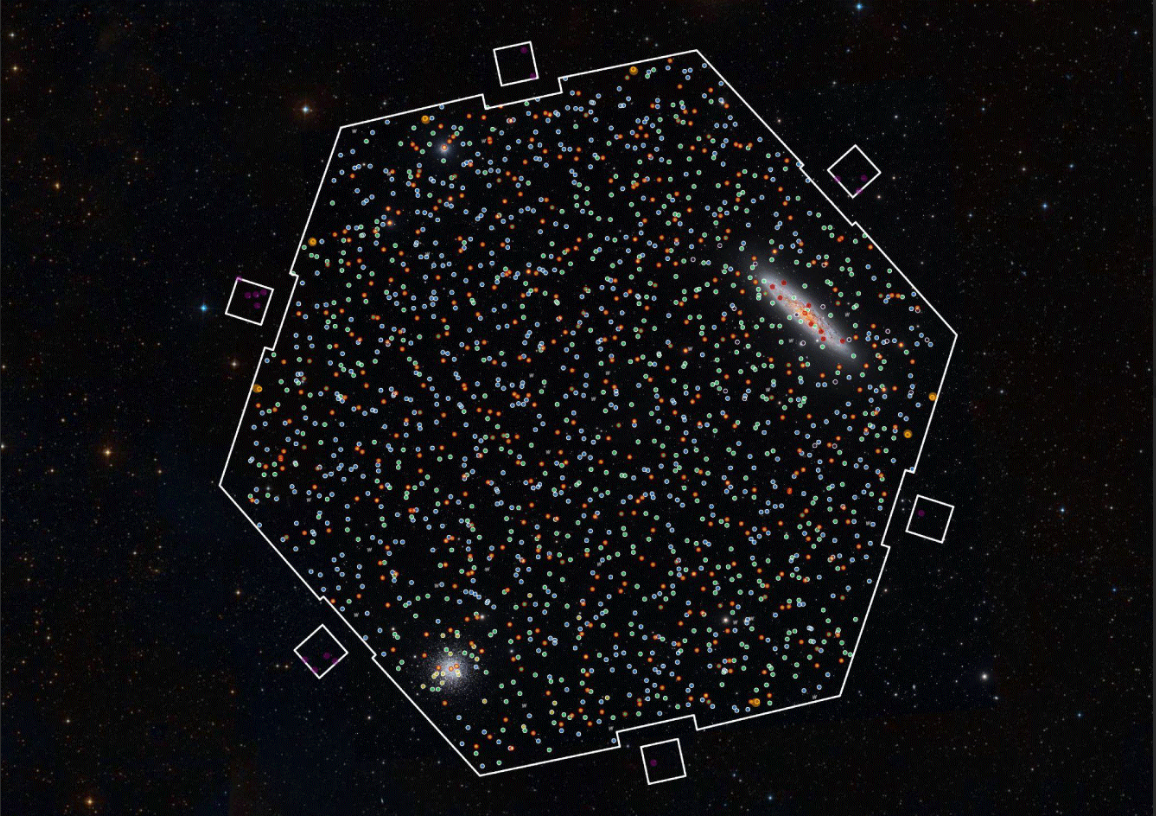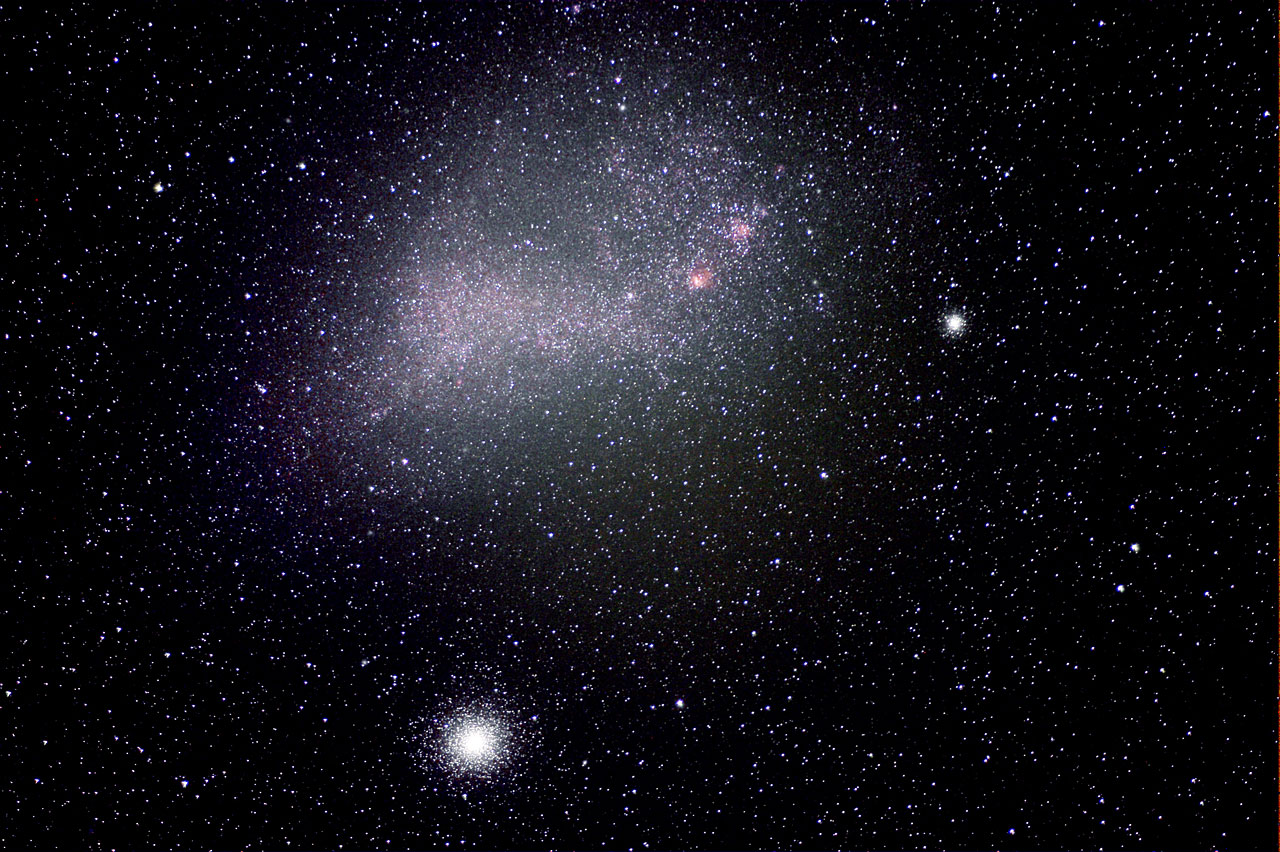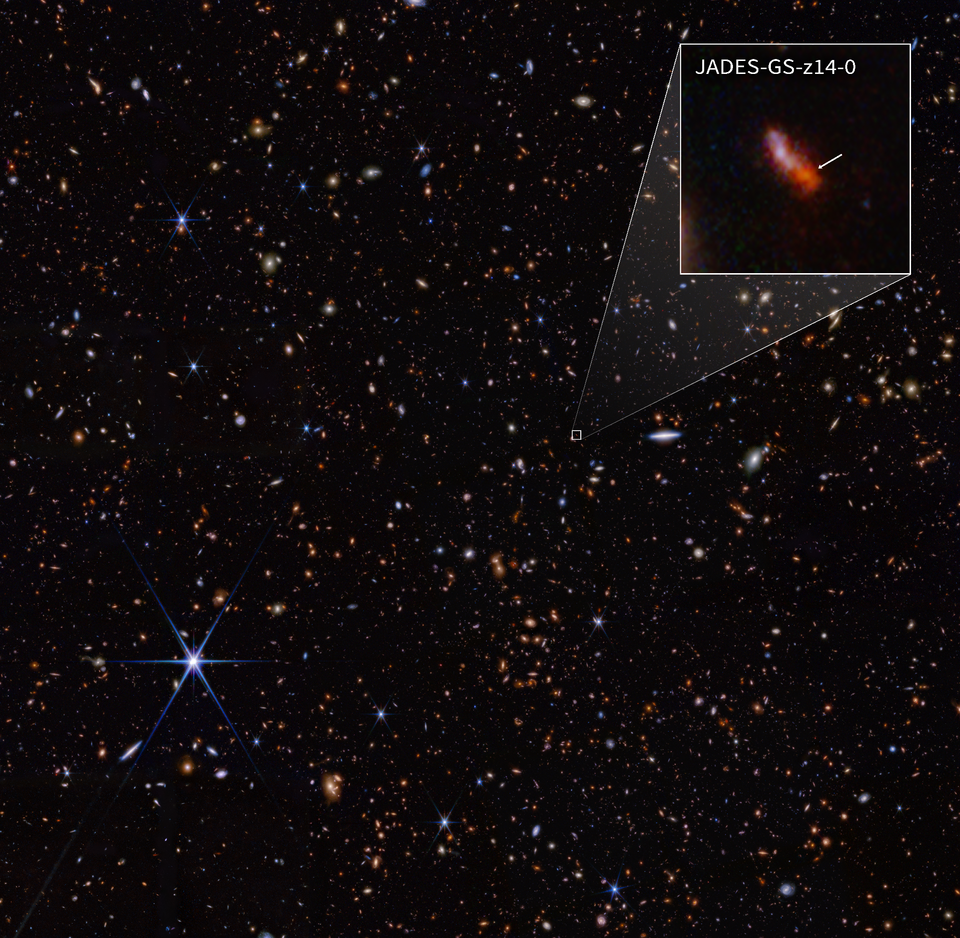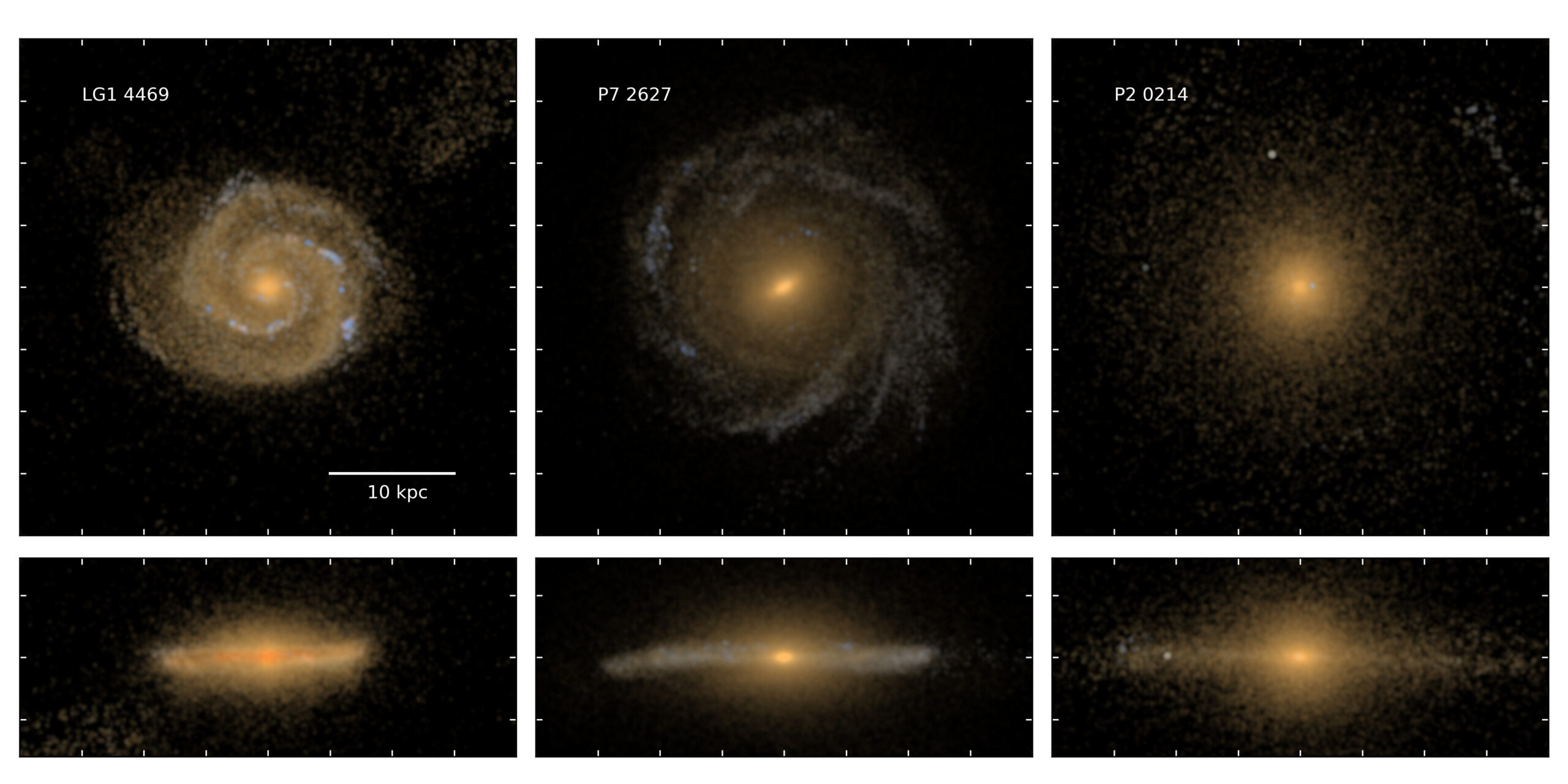
CIELO: The project that puts Chile at the forefront of theoretical astrophysics
Launched in Chile, the CIELO project led by CATA Director Dr. Patricia Tissera opens new frontiers in understanding the evolution of galaxies and positions Chile as a key player in computational astrophysics in the Southern Hemisphere.
From Chile, under the scientific leadership of CATA Director and Principal Investigator Dr. Patricia Tissera, the CIELO (Chemo-dynamIcal propertiEs of gaLaxies and the cOsmic web project) project represents a milestone in the study of galaxy evolution within the cosmos. This effort not only marks a turning point in theoretical astrophysics developed in Latin America, but also projects the country as a global leader in the field of cosmological simulations.
“CIELO is the first simulation project of its kind developed in Chile and the region,” says Dr. Tissera, who is also an academic at the Institute of Astrophysics at the Pontifical Catholic University of Chile. “Thanks to this initiative, today the national scientific community can pose and address its own questions about the universe from an independent, rigorous, and locally-based perspective.”
The objective of CIELO is to understand how galaxies form and evolve within their natural environment—the cosmic web—by considering their chemical properties as traces of that evolution. The initiative seeks to elucidate how different environments (voids, filaments, cosmic walls) influence the dynamics and composition of galaxies, providing new insights into their formation and transformation over time.
The project has been developed over eight years through collaborations with Latin American institutions and international centers such as the Autonomous University of Madrid. It has also been promoted by the LACEGAL Network, which includes the Max Planck Institute for Astrophysics in Munich and the Computational Cosmology Institute at Durham University, funded by the European Union, which has strengthened numerical astrophysics in Latin America.
In addition to generating cutting-edge knowledge, CIELO has been a driving force for the training of advanced human capital: seven postgraduate theses are currently being developed within its framework, along with more than ten undergraduate student projects, all linked to the EVOGALD4D group at the UC Institute of Astrophysics.
The strategic role of CATA
The Center for Astrophysics and Related Technologies (CATA) has played an important role in the development of the project, facilitating access to high-performance computing infrastructure (Geryon), which is essential for complex cosmological simulations, as well as providing resources for the work carried out by master’s and doctoral students.
“Thanks to CATA, we have access to resources such as the Geryon cluster, an important pillar for the development of large-scale simulations in Chile, as well as ongoing support in disseminating our scientific advances,” explains Dr. Tissera.
The simulations were also run at the National Laboratory for High Performance Computing (NLHPC), the Center for Mathematical Modeling (CMM), and the Barcelona Supercomputing Center. The use of tools such as GADGET-3, adapted with models of star formation, chemical cooling, and supernova feedback, together with software such as SKIRT for synthetic imaging and proprietary codes, has enabled the analysis of galactic evolution in great detail.
“CIELO builds virtual universes inside supercomputers, true Cosmic Virtual Twins, which allow us to navigate from the Milky Way to the first galaxies in the Universe. This capability opens up possibilities even beyond astronomy, in areas where simulations and modeling are key,” adds Tissera.
A tool for the present and the future
The results of the CIELO project are designed to complement and enrich the interpretation of data obtained by telescopes such as James Webb (JWST), the Vera C. Rubin Observatory, and the future Extremely Large Telescope (ELT).
CiELO’s innovative approach to analyzing galaxies in low-density environments allows for the study of processes that have been little explored until now, with a special focus on chemical elements as indicators of their evolutionary history. This approach has enabled, for example, active collaboration with the CRISTAL survey, also part of CATA, and with initiatives such as PhyloGal, which applies concepts of phylogeny to the study of galaxies.
This project consolidates Chile’s capacity to lead cutting-edge research and positions the Center for Astrophysics and Related Technologies (CATA) as a platform that supports the development of computational astrophysics in the southern hemisphere.
Through initiatives such as this, the Center contributes to the advancement of astronomical knowledge, the training of new generations of scientists, and the strengthening of technological capabilities that enable us to observe and understand the universe from Chile with our own perspective and global impact.
Recent news
-
 Publicado el: 12/12/2025Call for applications for the CATA Emprende 2026 program now open
Publicado el: 12/12/2025Call for applications for the CATA Emprende 2026 program now open -
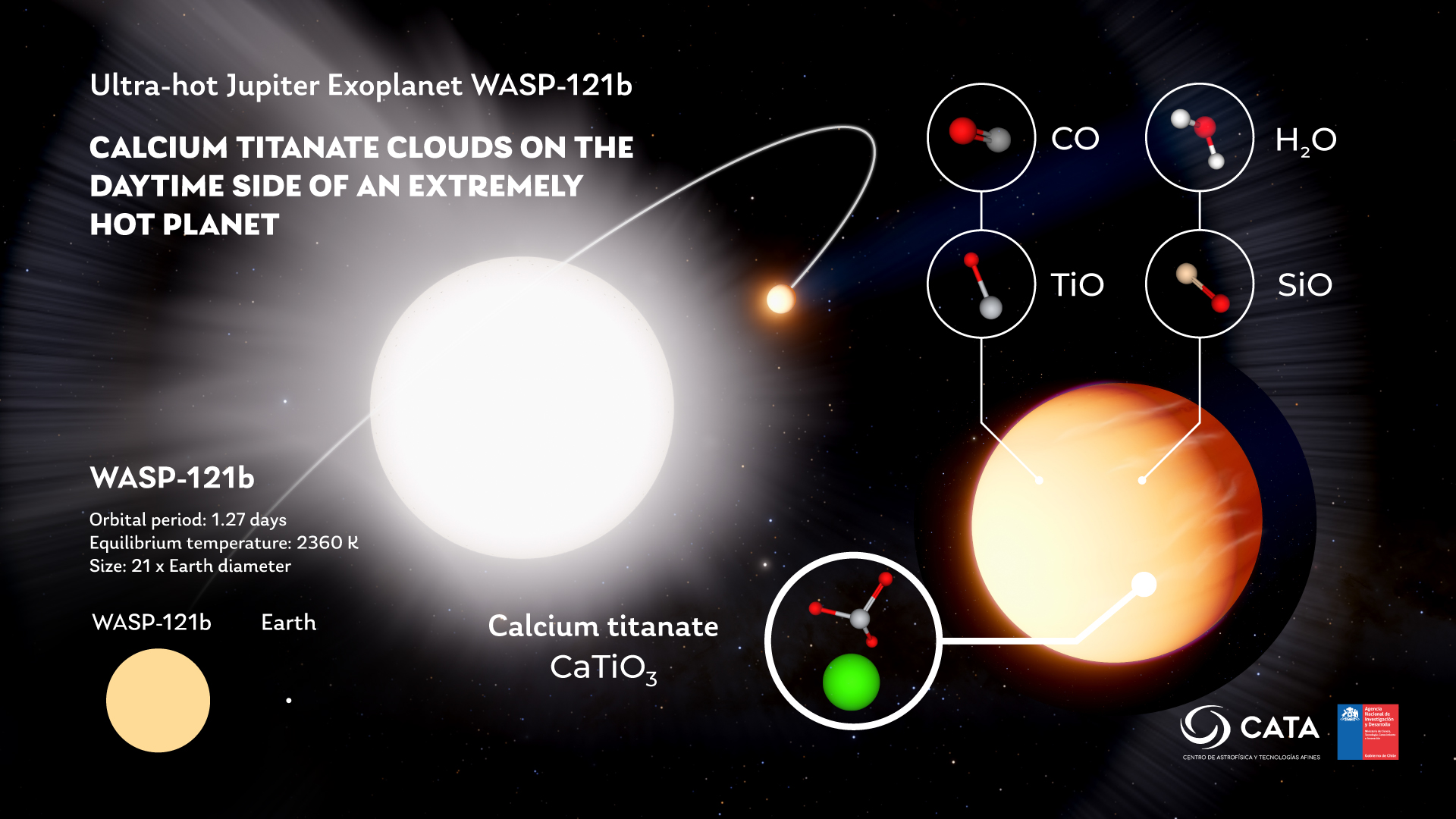 Publicado el: 09/12/2025CATA researchers detect titanate clouds on ultra-hot exoplanet
Publicado el: 09/12/2025CATA researchers detect titanate clouds on ultra-hot exoplanet -
 Publicado el: 05/12/2025CATA launches Applied Research Fund 2026
Publicado el: 05/12/2025CATA launches Applied Research Fund 2026 -
 Publicado el: 01/12/2025The astronomical experience was part of the 4th Ladera Sur Festival.
Publicado el: 01/12/2025The astronomical experience was part of the 4th Ladera Sur Festival. -
 Publicado el: 25/11/2025Students from Angol held an astronomy workshop with CATA
Publicado el: 25/11/2025Students from Angol held an astronomy workshop with CATA
Categories list
- Acknowledgments 21
- Astrobiology 6
- AstroCluster 1
- Black holes 18
- Corporativo 57
- Cosmology 5
- Descubrimientos 23
- Disclosure 73
- Exoplanets 14
- Extension 6
- Galaxies 21
- Galaxies formation 5
- Inter y Transdisciplina 4
- Local Universe 16
- Publications 6
- Sin categorizar 34
- Solar System 21
- Stellar formation 8
- Technology 16
- Technology Transfer 18
